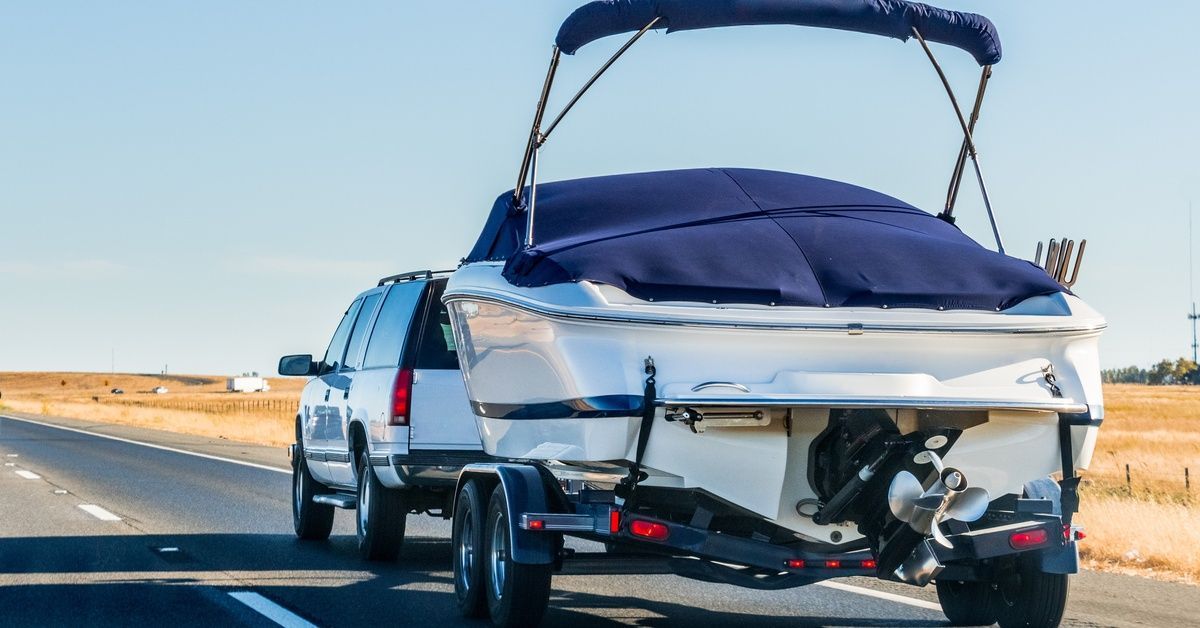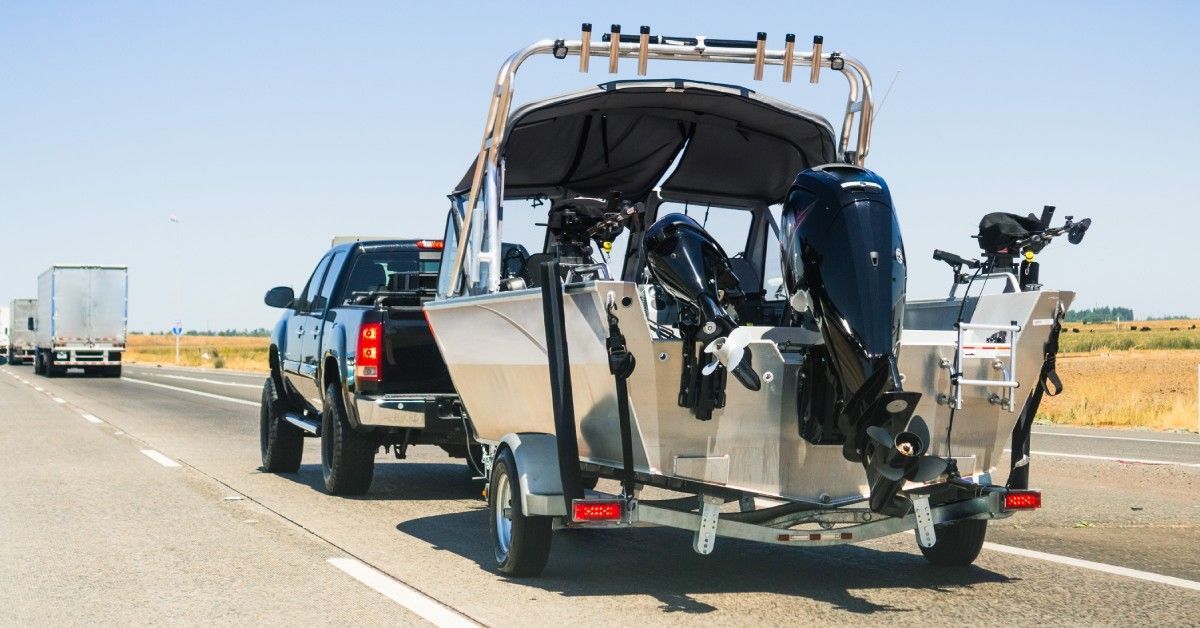9 Reasons Why Weather Matters in Professional Transport
Professional vehicle transport involves moving cars, boats, RVs, and other valuable assets across various distances and terrains. While many factors contribute to successful transportation, weather conditions stand out as one of the most critical elements that can make or break a delivery.
Understanding how different weather patterns affect vehicle transport helps professional drivers, logistics companies, and customers appreciate the complexity of this specialized service. From extreme temperatures to precipitation and visibility challenges, let’s explore the reasons why weather matters in professional transport.
Top Three Dangers of Extreme Heat
High temperatures create significant challenges for transport vehicles and the cargo they carry.
Effects on Vehicle Mechanics
When temperatures soar above 90 degrees Fahrenheit, transport trucks experience increased strain on their cooling systems, engines, and hydraulic components. The additional weight of multiple vehicles on a car carrier intensifies these effects, potentially leading to overheating and mechanical failures.
The cargo itself faces risks during extreme heat exposure. Vehicle interiors can reach temperatures exceeding 150 degrees Fahrenheit, potentially damaging leather seats, plastic components, and electronic systems. Paint can become vulnerable to damage, and rubber seals may deteriorate more rapidly than under normal conditions.
Tire Problems and Blowouts
Hot asphalt and prolonged exposure to high temperatures can increase tire pressure beyond safe limits, dramatically raising the risk of blowouts. Transport trucks carrying multiple vehicles face even greater risks due to their substantial weight and the extended time spent on sun-heated roadways.
Professional transporters must monitor tire pressure more frequently during hot weather and may need to adjust travel schedules to avoid peak heat hours. The cost of tire replacement and potential delays from roadside emergencies can significantly impact delivery timelines and operational costs.
Impact on Drivers
Long hours in hot weather increase the risk of heat exhaustion and dehydration for drivers, which can impair their judgment and reaction times. Professional drivers must take frequent breaks, stay hydrated, and monitor their physical condition more closely.
Air conditioning systems work harder during extreme heat, putting additional strain on the vehicle’s electrical and cooling systems. When these systems fail, drivers face potentially dangerous situations that may require immediate route changes or emergency stops.

Three Main Issues With Cold Weather Conditions
Cold weather also presents unique challenges for vehicle transport operations.
Effects of Freezing Temperatures on Vehicles
Freezing temperatures can cause significant problems with transport vehicle systems, including battery performance, fluid viscosity, and starting difficulties. The diesel engines commonly used in transport trucks face particular challenges in cold weather, often requiring additional warm-up time and specialized cold-weather additives.
Cargo vehicles also face risks from freezing temperatures. Battery systems may drain more quickly, and windshield washer fluid or coolant may freeze if not properly prepared. These conditions can lead to damage that may not become apparent until after delivery.
Black Ice and Slippery Roads
Ice formation on roadways creates some of the most dangerous conditions for vehicle transport. Black ice is nearly invisible to drivers and can cause massive transport vehicles to lose control suddenly. The significant weight and length of vehicle carriers make them particularly vulnerable to skidding and jackknifing on icy surfaces.
Professional transporters must reduce their speeds significantly and increase following distances when ice is present. These safety measures often result in longer delivery times and increased fuel consumption, affecting both costs and scheduling.
Challenges for Drivers
Cold weather driving requires enhanced skills and constant vigilance. Professional drivers must adapt their techniques for starting, accelerating, and braking in cold conditions. The physical demands of securing and inspecting cargo in freezing temperatures add additional stress and safety concerns.
Extended exposure to cold weather can affect driver alertness and dexterity. This makes routine tasks such as adjusting tie-downs or conducting safety inspections more challenging and time-consuming.
Three Biggest Impacts of Rain, Snow, and Fog
Precipitation and fog create dangerous visibility conditions that significantly impact transport safety.
Reduced Visibility
Heavy rain can reduce visibility to just a few hundred feet, while fog can make it nearly impossible to see other vehicles or road signs. Snow combines reduced visibility with hazardous road conditions, creating compound risks for transport operations.
Professional drivers must often reduce their speeds dramatically or stop entirely when visibility becomes too poor for safe operation. These delays can cascade through delivery schedules, affecting multiple customers and routes.
Increased Risk of Accidents
Wet and slippery conditions substantially increase accident risks for vehicle transport operations. The combination of reduced traction, longer stopping distances, and impaired visibility creates a perfect storm for potential collisions. Transport vehicles, due to their size and weight, require much longer stopping distances than passenger vehicles, making them particularly vulnerable in adverse weather.
Effects on Road Conditions
Precipitation affects road surfaces in ways that compound transportation challenges. Standing water can cause hydroplaning, while accumulated snow and ice create traction problems. Road salt and chemicals used for ice removal can also pose risks to transport vehicles and cargo, potentially causing corrosion or damage to vehicle finishes.

The Importance of Planning and Preparation
Transport companies that take a proactive approach to weather-related challenges can maintain customer satisfaction while prioritizing safety.
Monitoring Weather Forecasts
Professional transport companies rely heavily on accurate weather forecasting to plan routes and schedules effectively. Weather monitoring begins days before departure and continues throughout the journey. Understanding weather patterns helps dispatchers choose optimal routes and timing to minimize weather-related risks.
Meteorological data helps transport companies anticipate potential delays and communicate realistic delivery timeframes to customers.
Adjusting Routes and Timelines
Severe weather conditions often require route modifications to avoid dangerous areas. Professional transporters maintain databases of alternative routes and regularly update them based on seasonal weather patterns and road conditions.
Timeline adjustments become necessary when weather conditions slow travel or require extended stops. These modifications require careful coordination with customers and may involve rescheduling multiple deliveries to accommodate safety requirements.
Ensuring Vehicle Maintenance
Weather-related challenges highlight the importance of preventive maintenance for transport vehicles. Regular inspections of tires, brakes, cooling systems, and other critical components help prevent weather-related failures. Seasonal maintenance schedules ensure vehicles are properly prepared for expected weather conditions.
Safety Measures and Best Practices
Professional drivers receive specialized training for various weather conditions. These techniques include proper following distances, speed management, and vehicle control methods for different weather scenarios.
Professional transport companies invest in specialized equipment for weather-related challenges, including tire chains, emergency supplies, communication equipment, and tools for dealing with weather-related problems. Having the right equipment readily available can mean the difference between minor delays and major incidents.
Effective communication becomes crucial during adverse weather conditions. Professional transporters maintain regular contact with dispatchers, customers, and emergency services. Clear communication protocols ensure all parties stay informed about weather-related delays or changes to delivery schedules.
Prioritizing Safety in Every Season
From mechanical challenges and safety risks to scheduling complications and route planning, there are many reasons why weather matters in professional transport. Understanding these weather-related challenges helps customers appreciate the complexity of professional vehicle transport and the importance of working with experienced, well-prepared transport companies.
You can contact Coast to Coast Transportation today for reliable transportation regardless of the weather conditions. As a nationwide transport service provider with years of experience, we can move your car, RV, or boat with ease.










